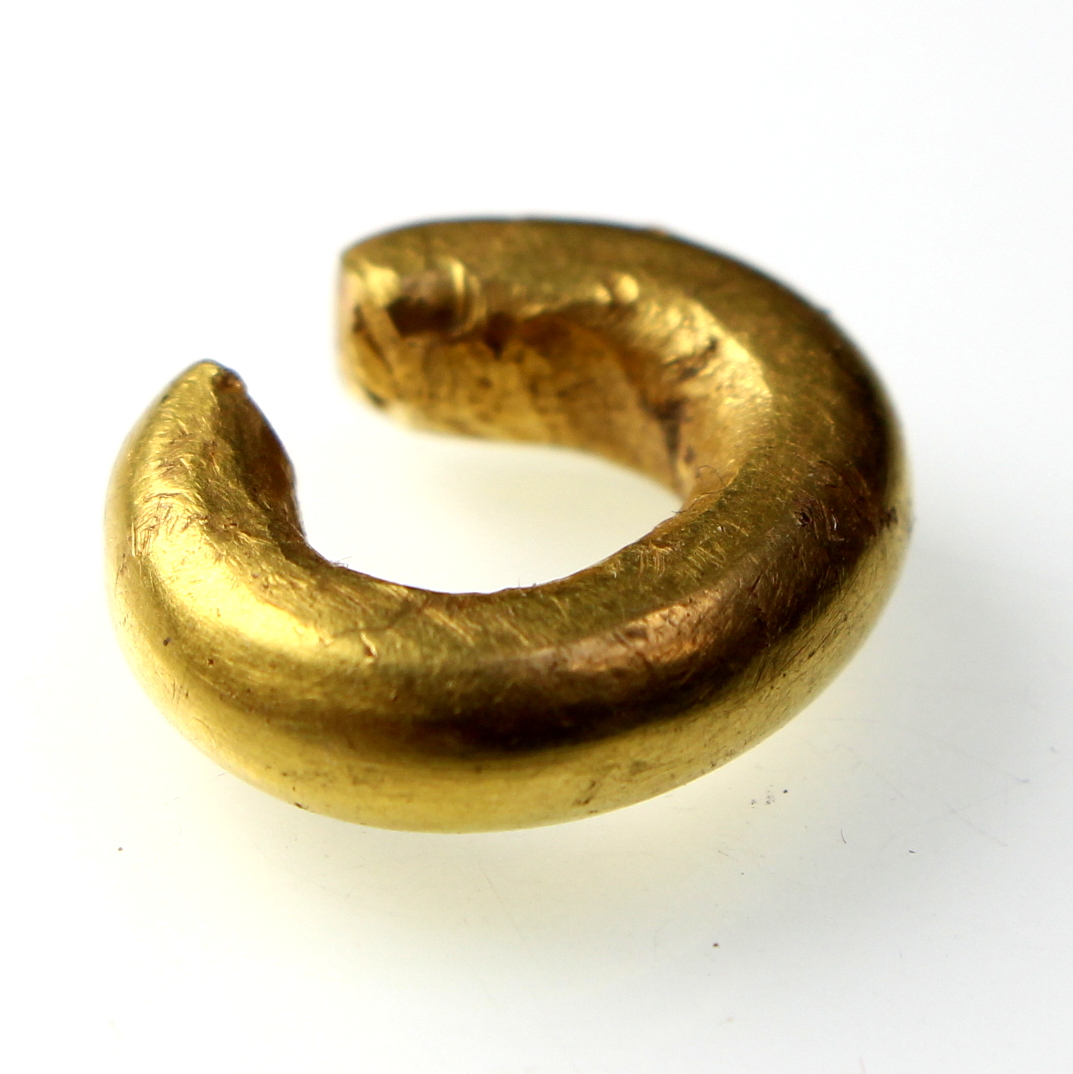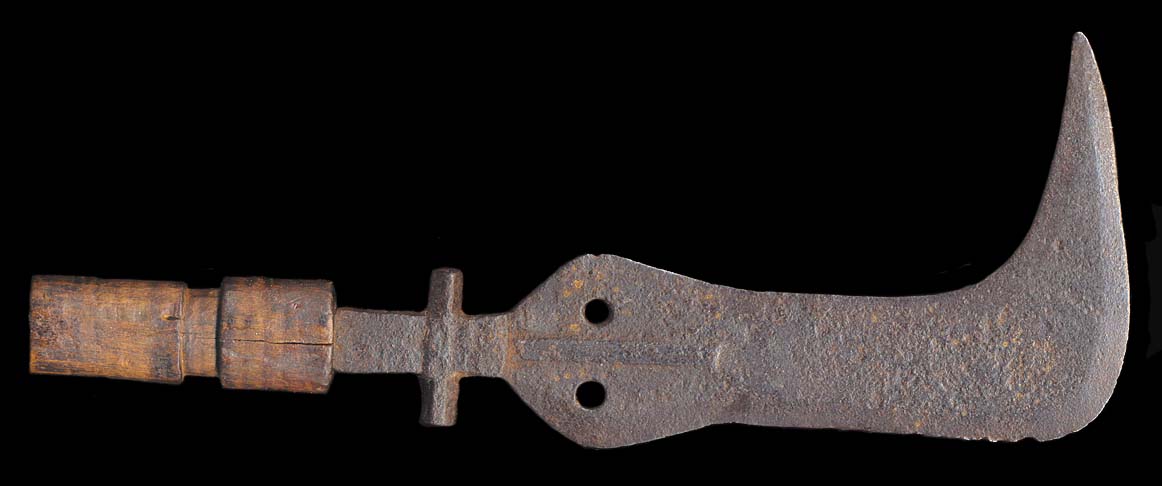

Visit our Study rooms page for general information.Photography is allowed for personal use only.The Department of Coins and Medals Study Room is located on the third floor off Room 69a on the south (Great Russell Street) side of the Museum – view on map.We apologise in advance should this be necessary. The study rooms may close at short notice due to staff illness or isolation requirements.Please do not visit if you feel unwell or have COVID-19 symptoms. Hand sanitiser is located throughout spaces where washing facilities are not readily available. Please wash your hands before and after your study sessions using the facilities provided. Please complete our Study room application form and email it to: To ensure the safety of all visitors and staff, face coverings are strongly recommended when entering and leaving the study rooms, but can be removed when seated. You can make an appointment to view objects from the Coins and Medals collection in our study room.In the next two years the Euston booth is joined by stands in Birmingham, Manchester and Liverpool. Smith & Son, established in 1792, opens its first news stand in a railway station. Martini introduced its Book Sewing Machine in 1897 and for 37 years also builds automobiles. Other news agencies from the same era are Agence France-Presse or AFP (France, 1835), Agenzia Stefani (Italy, 1853), and Reuter’s Telegram Company (UK, 1857).įriedrich von Martini begins manufacturing folding and stitching machines. 1846 – AP is foundedįive daily newspapers in New York City create The Associated Press ( AP) to share the cost of transmitting news of the Mexican-American War by boat, horse express, and telegraph. Their factory will later become a part of manroland, currently one of the largest manufacturers of printing presses. As an alternative to wood, esparto grass can be used.Ĭarl Buz and Carl August Reichenbach, a nephew of Friedrich Koenig, establish the Reichenbach’sche Maschinenfabrik and build their first press, the ‘Schnellpresse’. Cotton fiber is still used today but only for specialty applications such as currency. Until then all paper was made from pulped rags. Keller simultaneously invent a new papermaking technique based on pulping wood. The Canadian inventor Charles Fenerty and his German counterpart F.G. It is used for printing newspapers and includes a built-in cutting unit and a separate folder. This roll-fed press has a speed of 240 meters (800 ft) per minute.

Printing gets even faster in 1870 when Hoe builds a rotary press that prints both sides of a page in a single operation. The advertisement below is from the end of the century and shows what can be achieved using this color printing technique. Compared to a hand-colored litho a chromo can be fifty percent cheaper. A reproduction of an oil painting that is printed on canvas or gets a canvas-like texture using embossing is called an oleograph. Chromolithographs or chromos are mainly used to reproduce paintings and scenic photographs.

In France, Godefroy Engelmann is awarded a patent on chromolithography, a method for printing in color using lithography. Over time this company will become the largest printing group in Europe. Bertelsmann Verlag as a German Protestant publishing house. 1835 – BertelsmannĬarl Bertelsmann founds C. Philip Watt invents the sewing machine, a major step forward in automating binding. The oldest one in existence is from 1830. In 1817 Koenig & Bauer return to Germany and start building presses in an abandoned monastery in Würzburg.ġ830 – Dust jackets made of paper and sealed with waxĮxpensive books are protected by a dust jacket, a removable paper wrapper.

The machine is capable of printing over 1100 double-sided sheets per hour. The press is installed in secret to avoid sabotage by disgruntled pressmen operating the existing Stanhope presses. The first issue of The Times that is printed with the new presses is published in 1814. One of the first customers is John Walter of the newspaper The Times. 1814 – First cylinder pressesįriedrich Gottlob Koenig and Andreas Friedrich Bauer build their first cylinder press, which is much faster than the existing flatbed presses. Isaiah Thomas creates the two-volume History of Printing in America which is one of the best resources on colonial printing in the United States. Some pamphlets were printed in the eighteenth century but the first official printing press is only installed in 1808. In Brazil, which is under Portuguese reign, this happens much later. In Spanish America printing presses are introduced fairly early, such as in Mexico (before 1540) or Peru (1584).


 0 kommentar(er)
0 kommentar(er)
